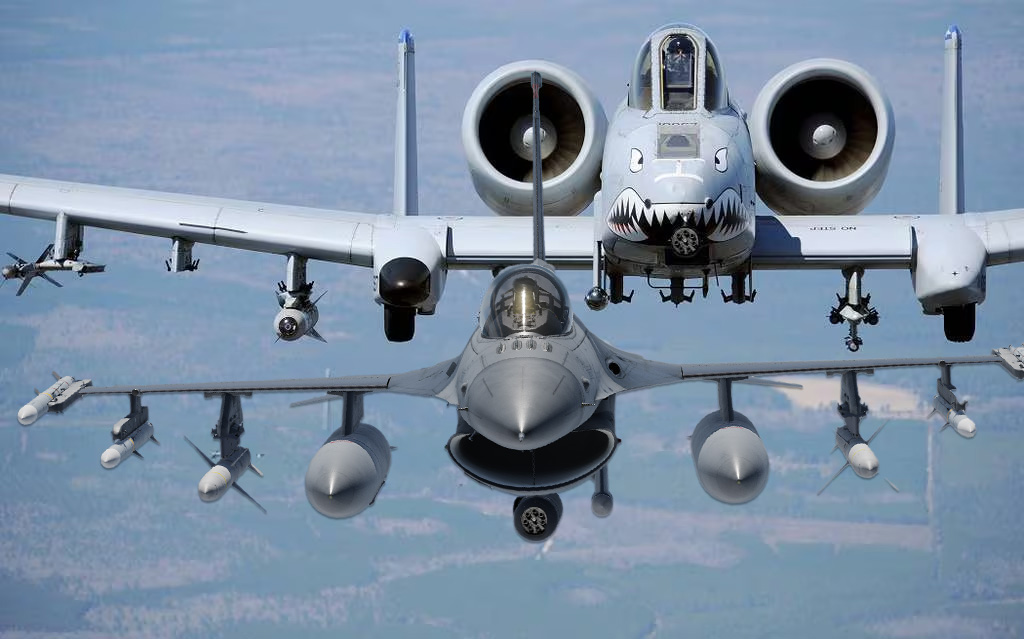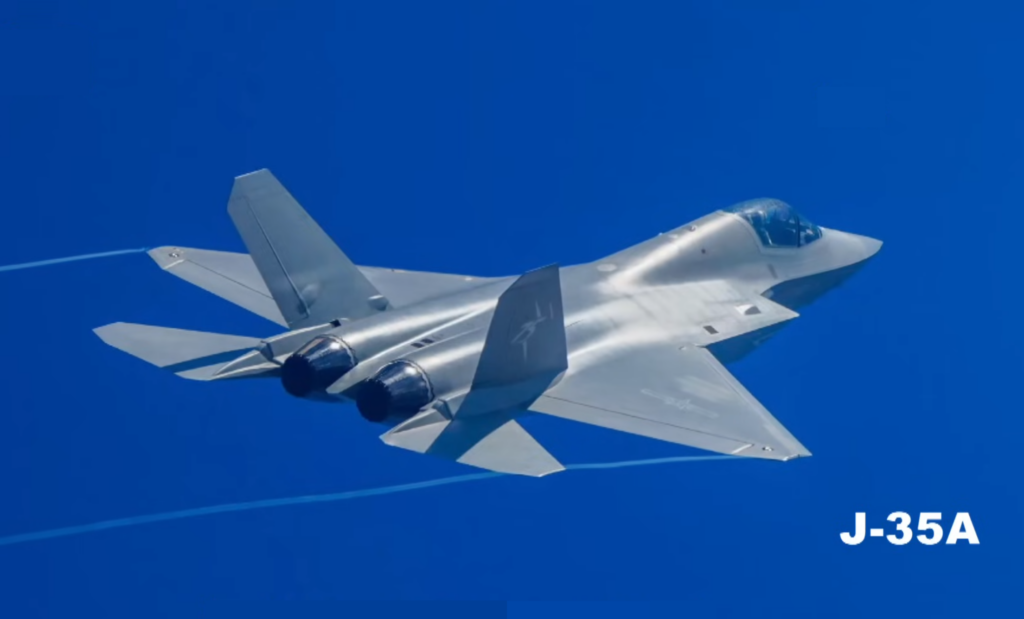What’s the deal with the B-21 Raider’s crazy windscreens?
- By Alex Hollings
Share This Article

On December 2, the world got its first glimpse at America’s new stealth bomber, the B-21 Raider. Among the many details drawing the public’s attention, few stand out quite as much as its unusual windshield (or windscreens).
We’ve been tracking the comments we receive on stories and videos about the B-21 Raider since its unveiling and we have been trying to address the most frequently asked questions to the best of our ability. We have discussed why the B-21 is much more than an updated B-2 Spirit. Today, we’re taking on the Raider’s unusual-looking cockpit and trying to better understand why its windscreens are so different from bombers of the past.
Related: Here’s your first look at the B-21 Raider, America’s new stealth bomber
What’s the deal with the B-21 Raider’s windscreens?

The B-21 Raider’s unusual windscreen layout has been the subject of lots of discussions, but there has been very little in the way of formal statements regarding it. Like the B-2 Spirit before it, the B-21 uses four separate windscreen panels, but while the Spirit’s four windows look pretty ordinary, the B-21’s are downright exotic in comparison.
Using multiple separate windows in a curved structure like the B-21’s cockpit does make perfect sense, as a large, single-piece windscreen would be much harder to produce in volume.


The unusual shape of the B-21 Raider’s front two windscreens seems to prioritize visibility directly ahead and above the aircraft most of all. That makes perfect sense when you consider how important mid-flight refueling will be for its globe-spanning operations.
The unusual shape and layout of these windows may also suggest a minimal reliance on visual cues while flying, as well as the design’s emphasis on defeating radar detection. It’s important to remember that, once airborne, it’s not at all uncommon for pilots to fly entirely on instrumentation alone, with no need to peer out into the empty sky surrounding them. The windscreens on the B-21 will primarily be important during taxiing on the ground and mid-air refueling.
Related: How the B-21 Raider could shift power in the Pacific
Windscreens can have a big effect on radar return

Seeing as there was discussion in the B-2’s development cycle about omitting a windscreen completely, it seems evident that in-flight refueling still requires some good old-fashioned eye-balling, but the rest of the windscreen’s design likely prioritizes stealth over visibility.
Glass windscreens and cockpits can have a pronounced effect on an aircraft’s radar return. This is most apparent in efforts like the first phase of the Air Force’s Have Glass F-16 treatments to reduce the F-16 observability by upgrading its windscreens. The first stage of Have Glass included applying a thin layer of indium-tin-oxide to the fighter’s canopy to deflect radar, rather than allowing it to pass through the glass and reflect a return from the pilot’s helmet and the visible portions of the ejection seat.

All told, Have Glass stages I and II (the second of which included the addition of Radar-Absorbent Material to portions of the fighter’s body) reduced the F-16’s overall radar return by as much as 15%.
At this point, it’s impossible to say that the B-21’s windscreens are shaped in a way that minimizes their effect on the platform’s overall radar return, but it seems entirely likely that a bomber that has prioritized stealth from its onset would take stealth into consideration in all things — including in its windscreen design.
Read more from Sandboxx News
- The most advanced bomber ever: Here’s what we know about the B-21 Raider
- How the B-21 Raider could shift power in the Pacific
- Here’s your first look at the B-21 Raider, America’s new stealth bomber
- Why the B-21 Raider is much more than an updated B-2 Spirit
- Doolittle’s Raiders: The legendary WWII namesake of the B-21
Related Posts
Sandboxx News Merch
-

‘AirPower’ Classic Hoodie
$46.00 – $48.00 Select options This product has multiple variants. The options may be chosen on the product page -

‘Sandboxx News’ Trucker Cap
$27.00 Select options This product has multiple variants. The options may be chosen on the product page -

F-35 ‘Lightning’ Framed Poster
$45.00 – $111.00 Select options This product has multiple variants. The options may be chosen on the product page

Alex Hollings
Alex Hollings is a writer, dad, and Marine veteran.
Related to: Airpower

How US Special Forces took on Wagner Group mercenaries in an intense 4-hour battle

F-16s carrying the A-10’s 30mm cannon actually saw combat

How does China’s new J-35 stealth fighter compare to America’s F-35?

Why China’s new J-35 jet could mean trouble for America
Sandboxx News
-

‘Sandboxx News’ Trucker Cap
$27.00 Select options This product has multiple variants. The options may be chosen on the product page -

‘AirPower’ Classic Hoodie
$46.00 – $48.00 Select options This product has multiple variants. The options may be chosen on the product page -

‘AirPower’ Golf Rope Hat
$31.00 Select options This product has multiple variants. The options may be chosen on the product page -

‘Sandboxx News’ Dad Hat
$27.00 Select options This product has multiple variants. The options may be chosen on the product page
